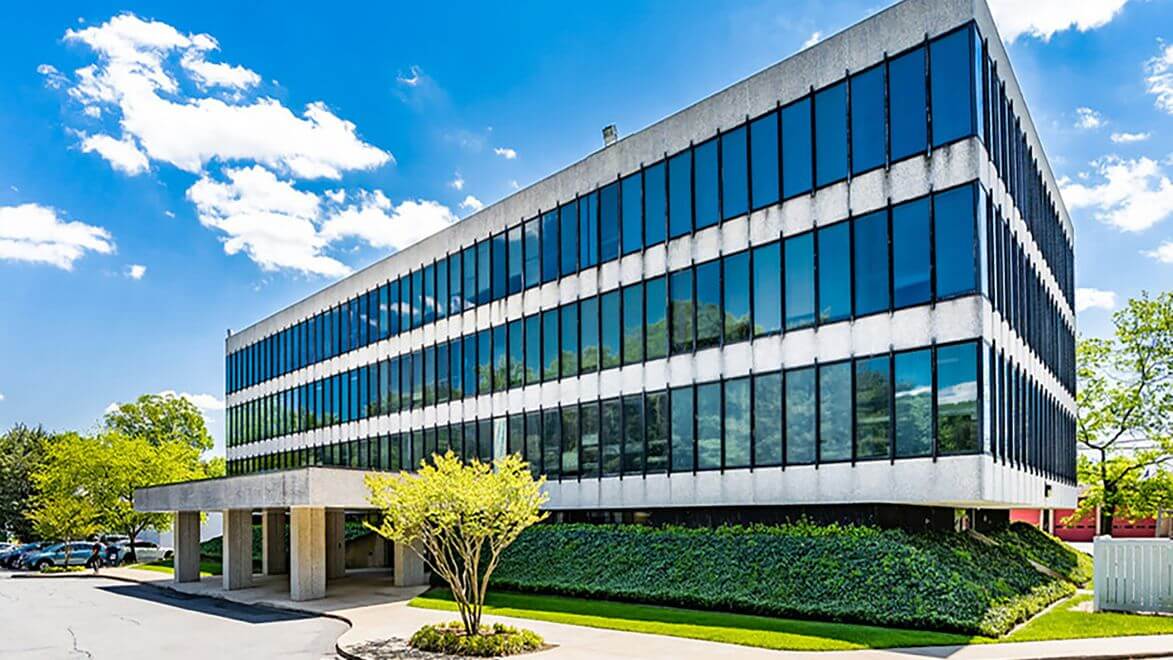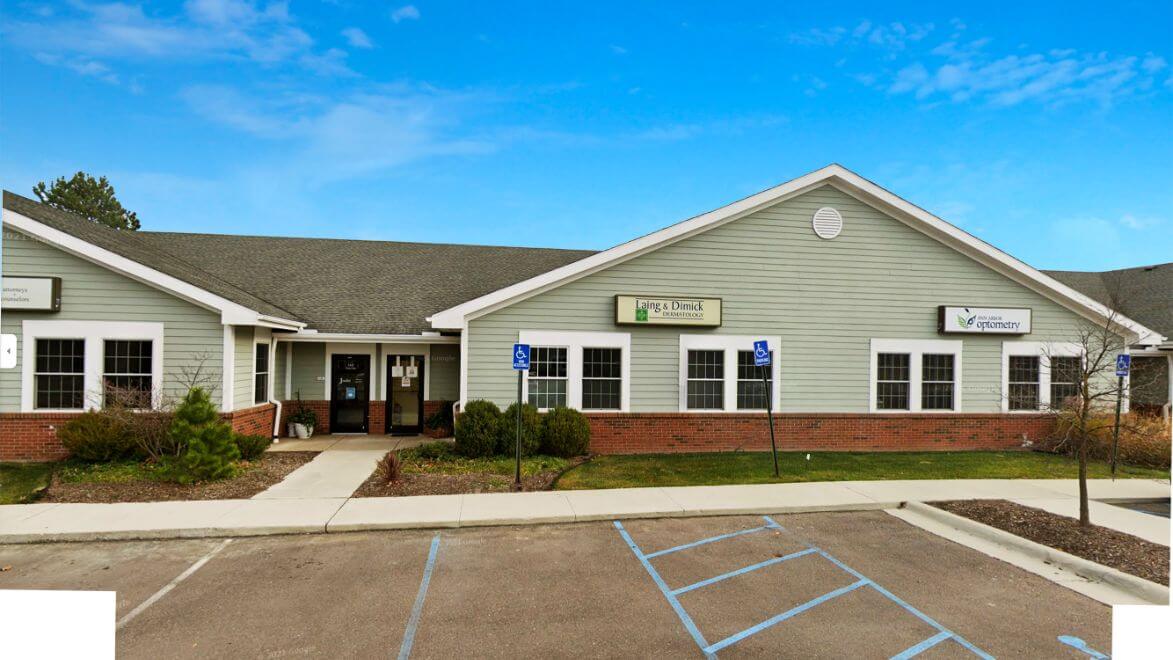Superficial Radiation Therapy with GentleCure
At Pinnacle Dermatology, we are proud to offer GentleCure. The gold standard in non-surgical treatment for nonmelanoma skin cancer.
Want to treat your skin cancer without surgery?
GentleCure is a gentle, surgery-free treatment that is safe and has a very high cure rate in most lower-risk basal and squamous cell skin cancers. Treatment is done right in the dermatology office over the course of 5-7 weeks using an advanced ImageGuided SRT machine. It is the only skin cancer treatment with ultra-sound imaging that lets you see the cancer on the screen and review the progress made throughout the course of treatment until there are no visible signs of cancer.
Examples of GentleCure SRT
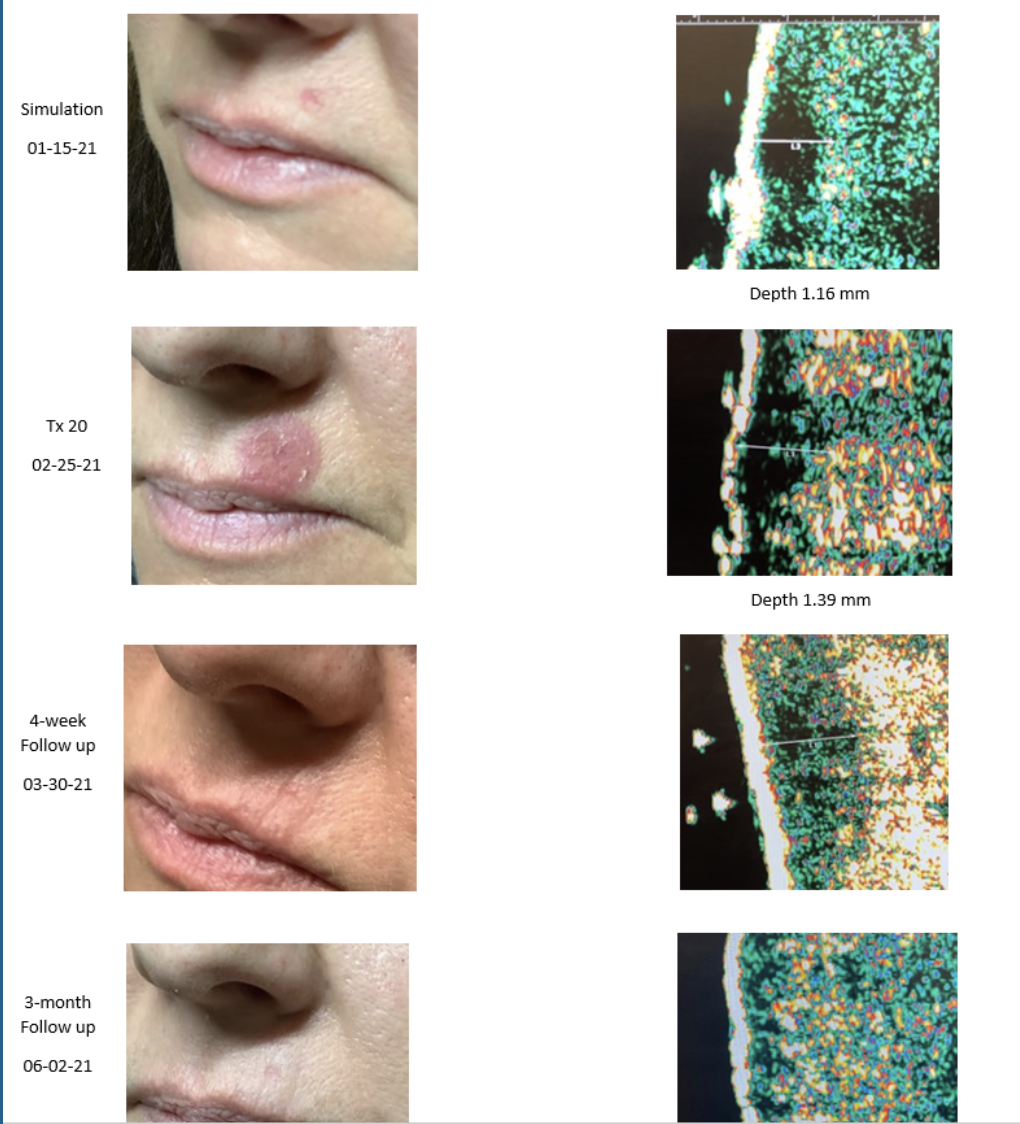

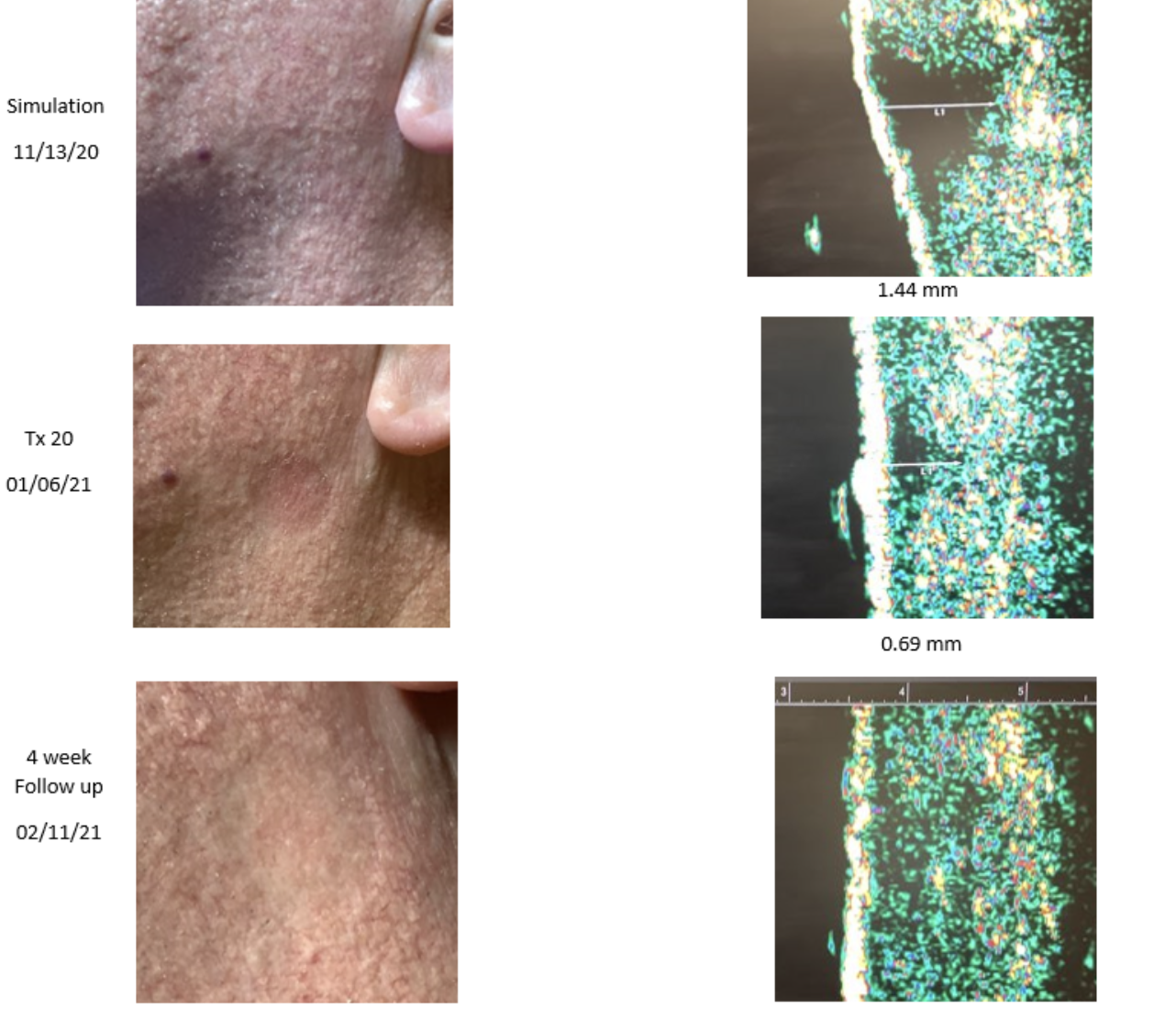
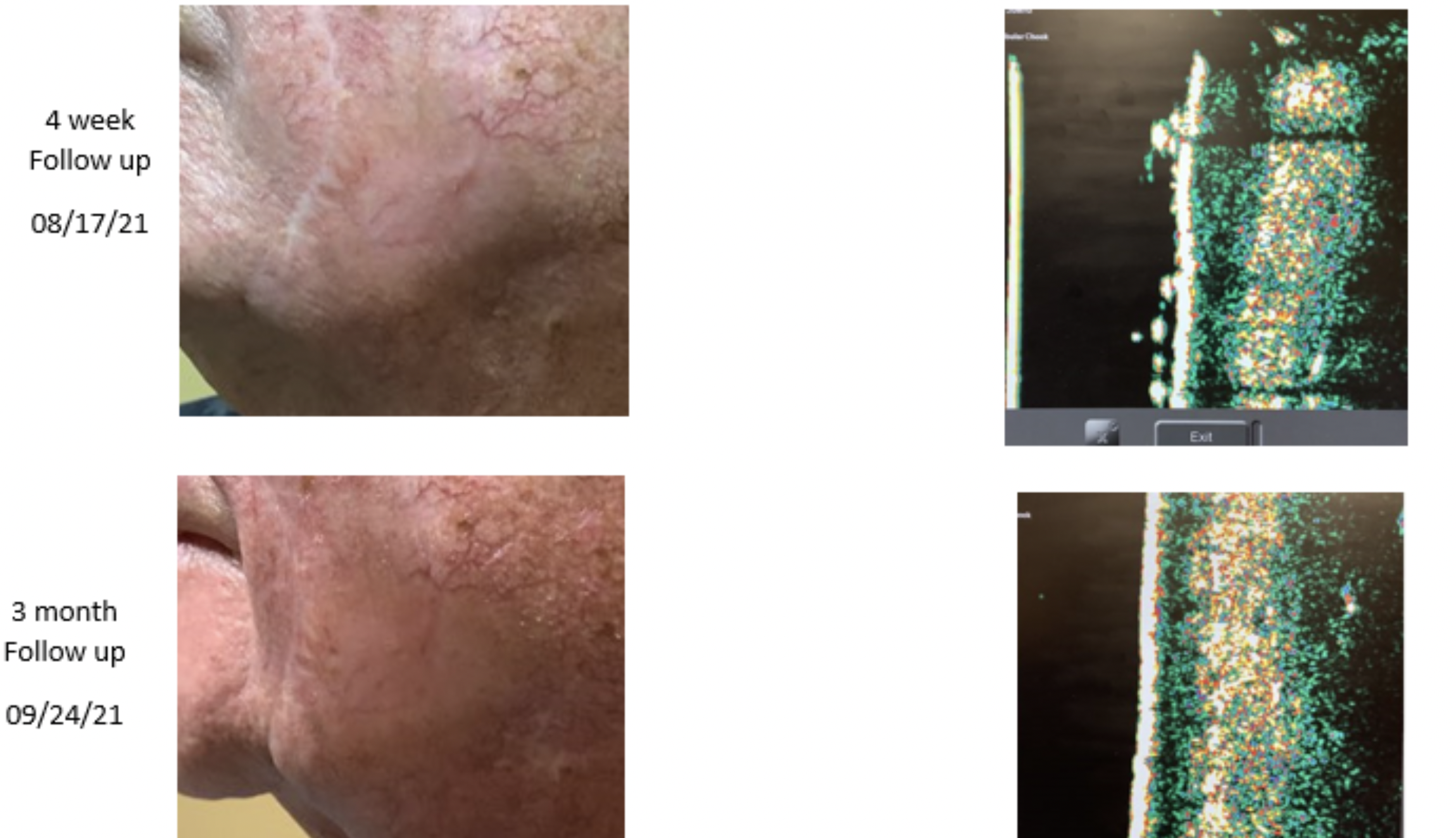
Superficial Radiation Therapy (SRT) Explained
Superficial radiation therapy involves the use of low-energy radiation to treat skin conditions, usually cancers or non-cancerous growths on or just beneath the skin's surface. Unlike deep radiation therapy, which penetrates deeper into the body, SRT specifically targets the outer layers of the skin.
What are the benefits of SRT?
- Non-Invasive Treatment: SRT is a non-invasive treatment option, meaning there is no surgery involved. Patients typically lie comfortably during the sessions.
- Localized Treatment: The radiation is targeted precisely to the affected area, minimizing damage to surrounding healthy tissue. This precision is particularly important when treating skin cancers on visible areas like the face.
- Outpatient Procedure: SRT is often performed on an outpatient basis, allowing patients to go home the same day. The number of treatment sessions varies depending on the specific condition and the treatment plan.
- Minimal Side Effects: Compared to traditional radiation therapy, SRT tends to have fewer side effects.
Side effects and cosmetic results
When X-ray energy is used to kill cancer cells, your body will replace the dead cancer cells with healthy tissue over time. There is no need for reconstructive surgery and cosmetic results can be very good. But there is often thinning of the skin, particularly in areas with many oil glands like the nasal tip. There is also a risk of temporary or permanent pigment changes in the skin at the treatment site. There will be permanent hair loss in the entire treatment field. Other potential side effects may include skin inflammation with redness and swelling at the treatment site, and ulceration and slow healing on the lower legs. Topical creams or ointments can be used over the course of treatment to minimize these side effects, and the side effects usually go away 2-to 6-weeks after treatment is complete.
In the 7 years that patients have been receiving GentleCure (Image-Guided SRT), there have been NO reported cases of secondary skin cancers occurring as a result of treatment.
How Pinnacle Dermatology and GentleCure Can Help
SRT safely destroys cancerous cells without damaging healthy surrounding tissue. Physicians view treatment areas with high-frequency ultrasound allowing them to thoroughly assess and target cancer cells with precision.
If you suspect that you have skin cancer or have recently been diagnosed and were told you need treatment, schedule an appointment with us today. We offer GentleCure (Image-Guided SRT)—the best non-surgical treatment for many common skin cancers. On your first visit, we will review your pathology report, discuss your treatment options, and work with you to determine the treatment plan that best meets your needs.
SRT FAQs
SRT specifically targets the outer layers of the skin, minimizing impact on surrounding healthy tissue, and it's often shorter in duration compared to traditional radiation therapy.
SRT is commonly used for skin cancers like basal cell carcinoma and squamous cell carcinoma, as well as non-cancerous conditions like keloids and dermatological issues.
No, SRT is generally painless. Patients may feel a warm sensation during treatment, but discomfort is minimal.
Each session typically lasts about 15 minutes, and the entire treatment course usually spans 5-7 weeks, depending on the specific condition.
Yes, most patients can resume normal activities immediately after an SRT session.
Yes, follow-up appointments are typically scheduled to monitor progress and address any concerns. Regular check-ups help ensure the effectiveness of the treatment.
Why we chose to offer GentleCure (Image-Guided SRT)
If you are considering radiation therapy to treat your skin cancer, make sure you are getting GentleCure (ImageGuided SRT) with adaptive radiotherapy protocols. It’s the safe, effective, and gentle way to treat skin cancer using the most advanced treatment technology available today.
How to prepare for SRT?
Overall, SRT preparation emphasizes simplicity and ensuring the targeted skin area is ready for the focused and effective treatment.
GentleCure (Image-Guided SRT) has a proven track record that is backed by science and clinical research.
At QualDerm Partners, our team of dermatologists reviewed the published research and here is what we found:
In 2021, chart reviews were conducted for 1632 patients who had Image-Guided SRT to treat one or more early-stage basal or squamous cell skin cancers. Of those patients, 2917 skin cancers in total were treated. The results showed a short-term local response rate of 99% with Image-Guided SRT.
In 2022 and 2023, additional studies were published that showed the efficacy and safety of Image Guided SRT to be superior to non-image-guided forms of radiation therapy.
Featured Blogs

- General Dermatology
- Sun Safety
While the sun brings happiness, it poses a significant threat to our skin.
Read More
- Skin Cancer
- Skin Exams
Skin cancer is the most common cancer in the U.S., affecting one in five Americans. When detected early, the five-year survival rate for melanoma, the most serious skin cancer, is 99%.
Read More
- Skin Cancer
- Sun Safety
Explore important factors for effective sun protection and safeguarding your skin against the harmful effects of UV radiation.
Read MoreFeatured Products
Check your local office for current stock!
Check your local office for current stock!

